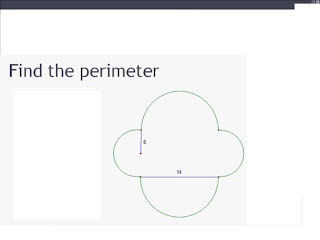What I knew before watching the video was the formulas for finding the volume of a pyramid and for finding the volume of a cone. The formula for finding the volume of a pyramid is one third times the area of the base times the height, or V=1/3Bh. The formula for finding the volume of a cone is one third times pi times radius squared times height, or V=1/3πr^2h. You use these two formulas to find the volume of pyramids and cones. This is everything I knew about before watching the video on finding the volumes of pyramids and cones.
What I learned about after watching the video was that I learned that you can use volume to find the missing radius in the equation for finding the volume of a cone, which is one third time pi times radius squared times height. For example, if the volume is 2262, then you just plug in the information that you already know. So, 2226=1/3πr^2(15), then you times three on both sides and divide by 15π. You get your radius to equal about 12 after you square root both sides. Lastly, I learned how to find the volume of a nautical prism. For example if one of the sides of the hexagon on the prism is eight and the height of the prism, not including the hexagon, is six, and the height of the hexagon equals point five, not including the prism, then you plug in the information that you know into the equation, which is 1/3Bh + Bh. But, you need to find the area of the base and you do that by using the equation 6(1/4 s^2 time the square root of three). After you figure that you get the volume is equal about 4156.92.
Word Count: 295































